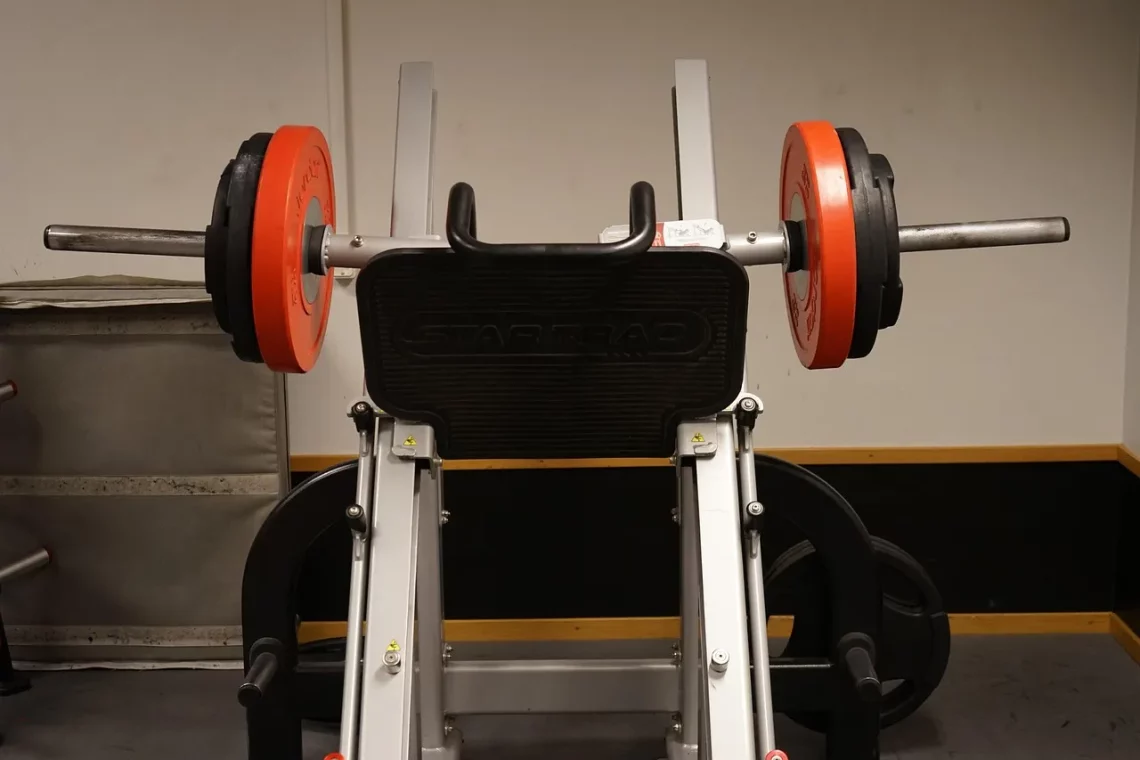
Effective Cable Machine Workouts to Build Stronger Legs
Building stronger legs is essential for anyone looking to improve their overall fitness, stability, and athletic performance. The legs are the foundation of our movement, supporting everything from walking to running, jumping, and lifting. Whether you’re an athlete aiming for peak performance, a fitness enthusiast seeking to enhance your workouts, or simply someone looking to stay active and healthy, strengthening your legs can significantly impact your quality of life.
Cable machines are a versatile piece of equipment that can be utilized to target various muscle groups, including the quadriceps, hamstrings, glutes, and calves. Utilizing the cable machine allows for a range of exercises that can enhance strength, stability, and flexibility. By incorporating these workouts into your routine, you can achieve a well-rounded leg workout that not only builds muscle but also promotes functional strength for daily activities.
Let’s delve into specific cable machine exercises designed to help you build stronger legs, focusing on the unique benefits each provides and how to perform them effectively.
Single-Leg Cable Deadlifts for Hamstring Strength
Single-leg cable deadlifts are an excellent exercise for targeting the hamstrings while also improving balance and stability. This exercise requires focus and coordination, making it a fantastic addition to any leg workout.
To perform a single-leg cable deadlift, begin by setting the cable machine to a low pulley position. Attach a handle to the cable and adjust the weight according to your fitness level. Stand facing the machine, and grasp the handle with your opposite hand. Shift your weight to one leg, and slowly hinge at the hips, extending the other leg straight back behind you. Your torso should lean forward while keeping a straight back.
As you lower your torso, ensure that your standing leg remains slightly bent. This will engage your hamstrings effectively. Lower the handle towards the floor while maintaining control, and then return to the starting position by driving through your heel. Repeat for a set number of repetitions before switching to the other leg.
This exercise not only strengthens the hamstrings but also engages the glutes and lower back. Additionally, the unilateral nature of the movement helps to correct imbalances between the legs, which is crucial for overall leg strength and performance. By incorporating single-leg cable deadlifts into your routine, you can enhance your leg development and functional strength.
Cable Squats for Quadriceps Engagement
Cable squats are a powerful way to engage the quadriceps while also recruiting the glutes and core muscles. This exercise mimics traditional squats but utilizes the cable machine for added resistance and stability.
To execute cable squats, start by setting the cable machine to a low pulley position, attaching a handle or a rope. Stand facing away from the machine, holding the handle with both hands at chest level. Position your feet shoulder-width apart and slightly turn your toes outward.
As you initiate the squat, push your hips back and bend your knees, lowering your body into a squat position. Keep your chest up and your back straight throughout the movement, focusing on maintaining proper form. The resistance from the cable should provide an added challenge as you descend. Aim to squat until your thighs are parallel to the ground or lower, depending on your flexibility and strength levels.
Push through your heels to return to the starting position, squeezing your glutes at the top of the movement. Perform this exercise for a set number of repetitions.
Cable squats are effective for building strength in the quadriceps and improving overall leg function. They also help enhance core stability, making them an excellent addition to any workout routine aimed at leg development.
Side Lateral Cable Raises for Glute Activation
Side lateral cable raises are often overlooked but are highly effective for targeting the gluteus medius, an essential muscle for hip stability and leg strength. This exercise is key for anyone looking to enhance their athletic performance or improve their overall leg aesthetics.
To perform side lateral cable raises, set the cable machine to a low pulley position and attach a handle. Stand sideways to the machine, grasping the handle with the hand closest to the machine. Your feet should be shoulder-width apart.
With a slight bend in your knees, engage your core and lift the cable handle away from your body, extending your arm out to the side. Aim to raise the handle to shoulder height while keeping your elbow slightly bent. Focus on squeezing your glute on the side opposite the machine as you lift.
Lower the handle back to the starting position with control, ensuring not to lose tension in your glutes. Perform this exercise for a set number of repetitions before switching sides.
Incorporating side lateral cable raises into your leg workout can significantly improve your glute strength and stability. This exercise is particularly beneficial for enhancing athletic performance in activities that require lateral movements, such as running, jumping, and cutting.
Calf Raises Using Cable Machines for Lower Leg Development
Calf raises are essential for developing the muscles in the lower leg, specifically the gastrocnemius and soleus muscles. While traditional calf raises can be performed without equipment, using a cable machine adds resistance that can lead to greater muscle gains.
To perform calf raises using a cable machine, set the pulley to a low position and attach a handle or strap. Stand facing the machine, holding the handle with both hands. Position your feet shoulder-width apart and step back slightly so that your heels are just off the ground.
As you perform the calf raise, push through the balls of your feet, lifting your heels toward the ceiling. Keep your knees straight and engage your core to maintain balance. At the top of the movement, hold for a moment before lowering your heels back down below the level of the step, which will provide a greater range of motion and stretch for your calves.
Repeat for a set number of repetitions, ensuring to control the movement both up and down to maximize muscle engagement.
Incorporating cable calf raises into your routine can effectively build strength and size in your calves, which is crucial for overall leg development. Strong calves not only enhance aesthetics but also contribute to better balance and stability during various physical activities.
Remember, while the exercises outlined above can significantly enhance your leg strength and overall fitness, it is crucial to perform them with proper form and technique. If you’re unsure about your form or have any health concerns, consider consulting a fitness professional for guidance.
This article is not intended as medical advice. Always consult a healthcare professional for any health-related issues or concerns.




